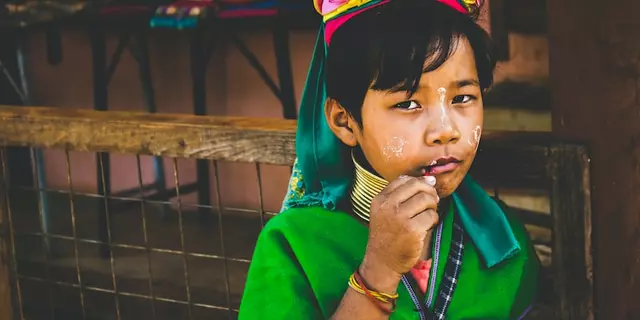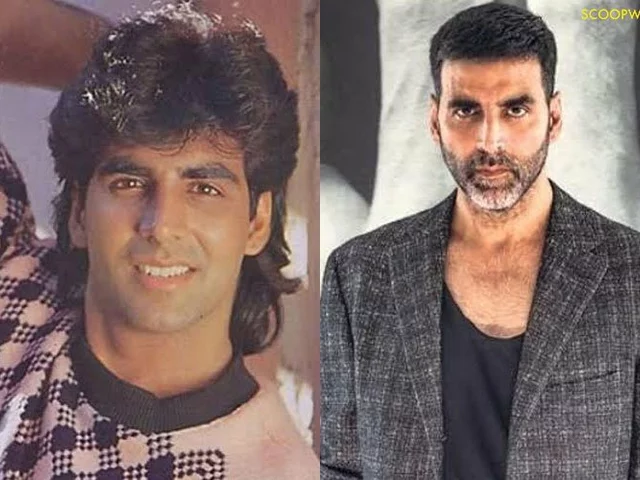Karwa Chauth 2025: Date, Rituals, Moonrise Times and Global Celebrations
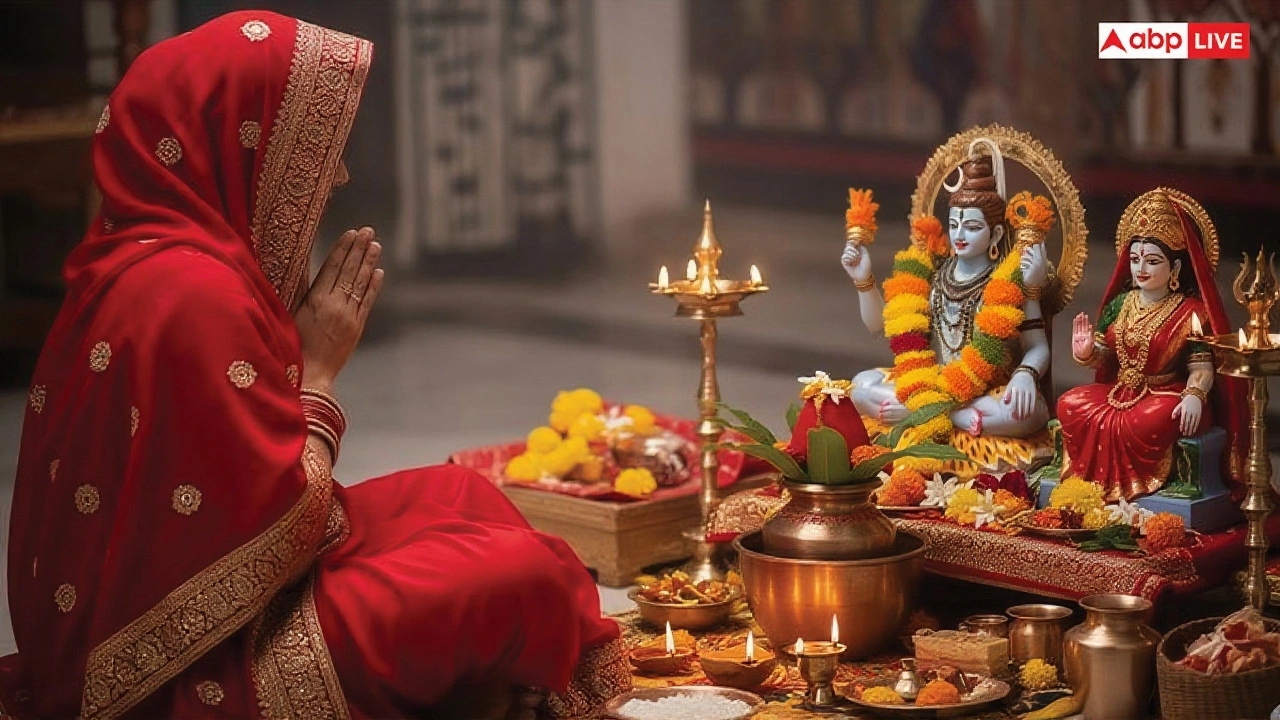
- Kieran Montague
- 10 October 2025
- 0 Comments
When Karwa Chauth 2025India arrives on Friday, October 10, married women across the subcontinent and the diaspora will begin a sunrise‑to‑moonrise fast that lasts roughly fourteen hours. The fast, aimed at the longevity and well‑being of their husbands, starts at 6:19 AM IST and ends when the evening moon becomes visible – a moment that shifts city by city, from 7:35 PM in Kolkata to 8:46 PM in Mumbai. Thousands of Indian‑American families will observe the same ritual from coast to coast, adjusting the schedule to the U.S. time‑zone but still breaking the fast at the moment the moon rises over the American sky.
When and Where: Date, Time, and Moonrise Details
The Hindu calendar places Karwa Chauth on the fourth day after the full moon in the month of Kartik, known as Krishna Paksha Chaturthi. In 2025 the NDTV calculated the Chaturthi tithi to begin at 10:54 PM on October 9, setting the stage for the next day’s observances.
- Karwa Chauth puja muhurat (the optimal window for worship):
06:08 PM – 07:20 PM IST (Ganeshaspeaks) or 05:57 PM – 07:11 PM IST (Drikpanchang). - Fasting start: 06:19 AM IST (sunrise).
- Moonrise (fast‑break) times (selected cities):
• Kolkata – 07:35 PM
• New Delhi – 08:07 PM
• Mumbai – 08:46 PM
• Ahmedabad – 08:39 PM
• Bengaluru – 08:29 PM
In the United States, the Times of India reported that the moon will appear at roughly 8:13 PM IST, which translates to 10:43 AM Eastern Time – a quirky flip that forces families to keep a watchful eye on both coasts.
Rituals and Symbolism: How the Fast Is Observed
From sunrise, women abstain from food and water, keeping a small pot of water nearby as a visual reminder of the vow. Throughout the day, they narrate the classic Karwa Chauth Katha – the legendary tale of Veeravati who rescued her husband from death – while applying henna to their hands. The evening ritual centers around the karwa, an earthen pot with a spout, which is lit and placed before the goddess in a makeshift altar.
As the puja muhurat approaches, families gather around a decorated table, offering sweets, incense, and a piece of the karwa to Lord Shiva and Goddess Parvati. The fast is broken only after the first sighting of the moon, at which point women sprinkle water on their wrists, chant “*Om Jai Jagdish Hare*,” and share a bite of the first morsel – usually a piece of fruit or a sweet called phirni.
Regional Variations Across India
Although Karwa Chauth is most popular in North India and Nepal, its observance has seeped into southern states like Andhra Pradesh and Karnataka, where local calendars sometimes shift the date by a day. In Maharashtra, women attach a small silver toran to the karwa, while in Gujarat the ritual includes a traditional folk song known as karva chauth geet. In Delhi, the fast is often accompanied by a communal gathering at community halls, whereas in smaller towns the ceremony stays firmly within the household.
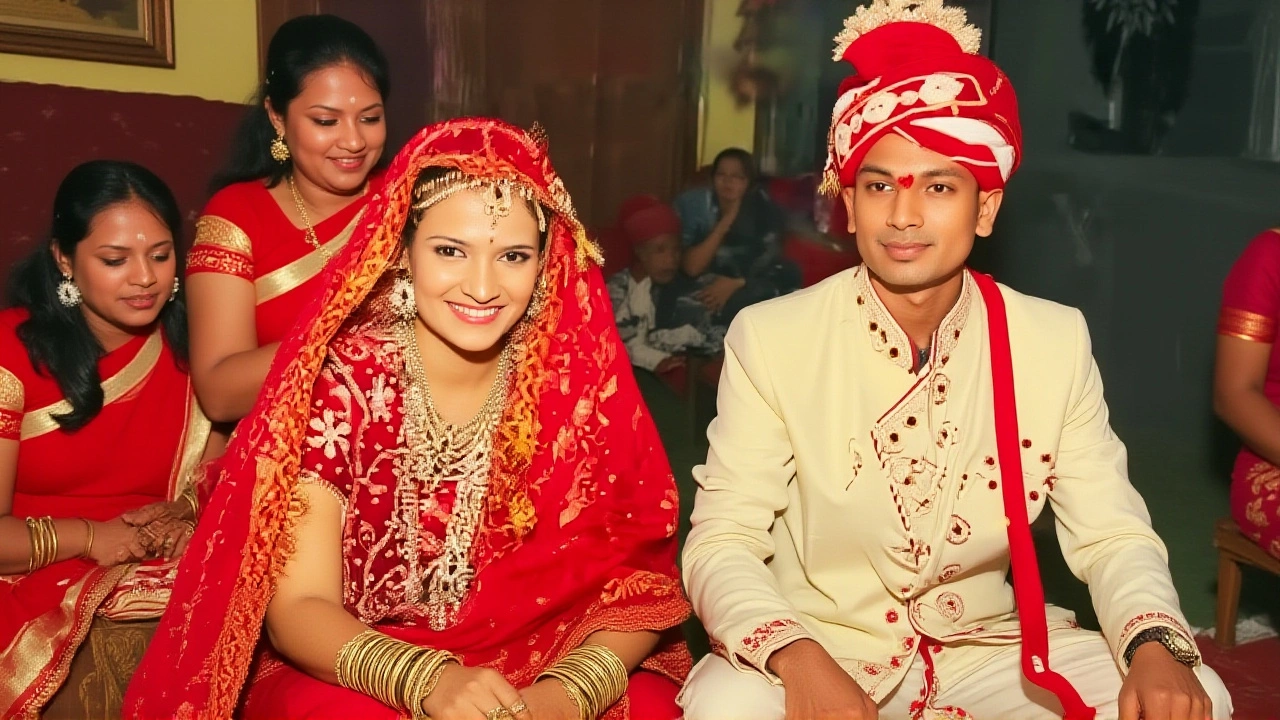
Karwa Chauth in the Diaspora: Celebrations in the United States
Across the U.S., Indian‑American women will don vibrant sarees, often chosen in bright reds or golds, and convene at temples, cultural centers, or relatives’ homes. Community leader Ritu Patel of the San Jose Hindu Temple told The Economic Times, “We’ve adapted the timeline to the local sunset, but the spirit of the fast remains unchanged – it’s about love, patience, and solidarity among wives.”
Men are increasingly invited to join the pre‑fast gathering, offering support by preparing a light dinner for after the moonrise. A recent article in the Times of India highlighted a guide for families titled “*How to Respect the Fast Even If You’re Not Participating – For Men and Families*,” underscoring the growing inclusivity of the festival.
Historical Roots and Legends Behind the Festival
The etymology of karwa (lamp) and chauth (fourth day) traces back to ancient Vedic customs, where lighting an oil lamp at dusk symbolized a wife’s hope for her husband’s safe return from war. The most popular legend – that of Veeravati – is a story of devotion that has been retold in folk performances for centuries. According to a 2021 study by Dr. Ananya Sharma, a sociologist at Delhi University, “Karwa Chauth blends myth, astrology, and social expectation, creating a ritual that both empowers and binds women within the marital sphere.”
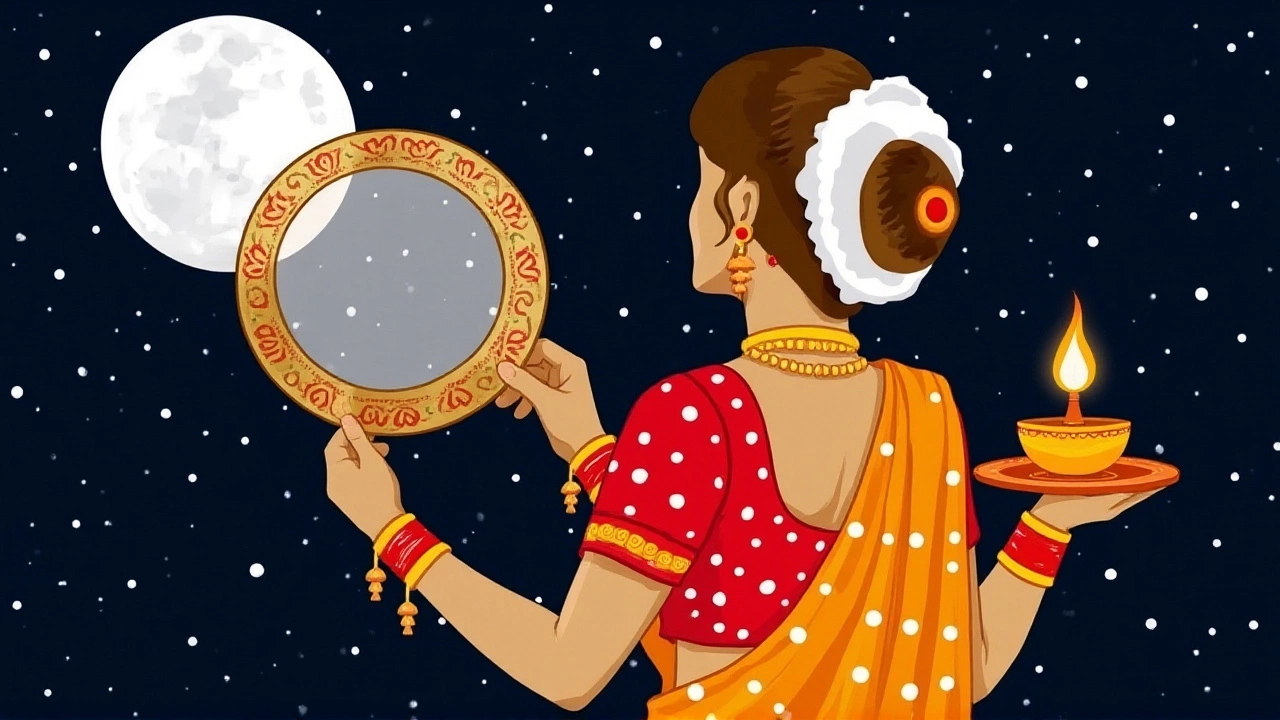
Expert Views on Modern Observance
While some scholars argue the fast reinforces patriarchal norms, others see it as a platform for women to assert agency through collective action. Dr. Sharma added, “In urban centers, the ritual has become a social event – a day off, a chance to reconnect with friends, and an opportunity to negotiate modern gender roles within a traditional framework.”
Medical professionals, however, caution against prolonged dehydration, especially for pregnant women. The Indian Council of Medical Research (ICMR) released a brief note recommending that expectant mothers consult their doctors before participating.
What’s Next: 2025 Calendar and Upcoming Festivities
After Karwa Chauth, the Hindu calendar rolls into Dussehra (October 15) and then the luminous Diwali (November 1). The close proximity of these celebrations means that families are already in festive mode, decorating homes with rangoli, lighting diyas, and preparing sweets.
For those tracking the lunar calendar, 2025 also hosts Vakratunda Sankashti Chaturthi on the same day, a day devoted to Lord Ganesha, adding an extra layer of spiritual significance for devotees who choose to perform an additional prayer.
Frequently Asked Questions
How does Karwa Chauth affect married women living abroad?
Women abroad often adjust the fasting schedule to the local sunrise and moonrise, but the core rituals – puja, karwa lighting, and moon‑sighting – remain unchanged. Community centers provide guidance on timing, and many families use video calls to synchronize the ritual with relatives back in India.
What are the health considerations for participants?
Medical bodies advise staying hydrated before sunrise and breaking the fast promptly after moonrise. Pregnant women, the elderly, and those with chronic illnesses should consult a doctor; some choose a symbolic fast—refraining from certain foods rather than a total water abstention.
Why does the festival coincide with Vakratunda Sankashti Chaturthi?
Both events fall on the fourth day of the waning moon in Kartik. While Karwa Chauth honors marital devotion to Shiva and Parvati, Sankashti Chaturthi is devoted to Lord Ganesha. The overlap adds a dual‑blessing dimension for devotees, who may perform a brief Ganesha puja before the Karwa Chauth ceremony.
What are the typical foods after the fast is broken?
Traditionally, women break the fast with a sweet fruit like a banana or a piece of coconut, followed by a light meal of khichdi, paneer dishes, and festive sweets such as phirni or gulab jamun. The first bite is often shared with the husband as a symbol of mutual well‑being.
How has social media changed Karwa Chauth celebrations?
Platforms like Instagram and YouTube burst with live streams of puja, tutorials on henna designs, and hashtag campaigns (#KarwaChauth2025). While this amplifies visibility, critics warn it can turn a personal devotional act into a performance for likes.
